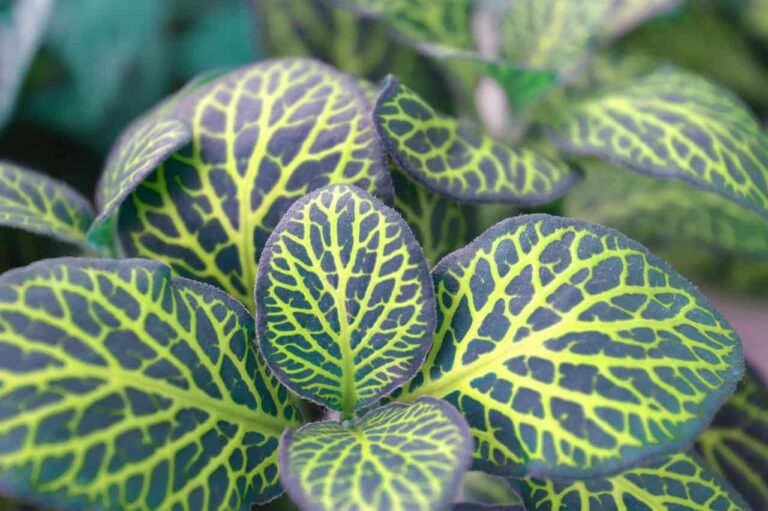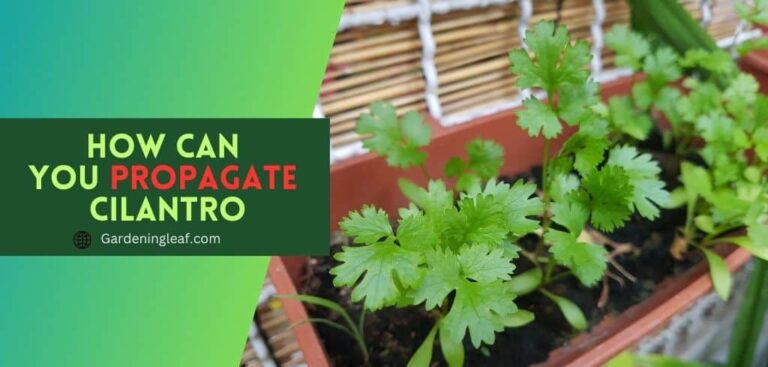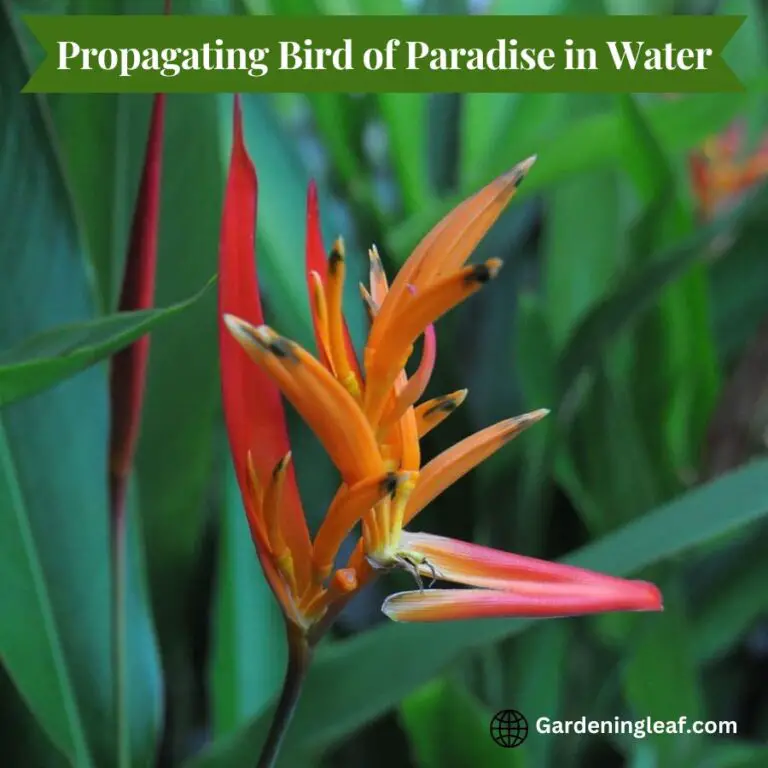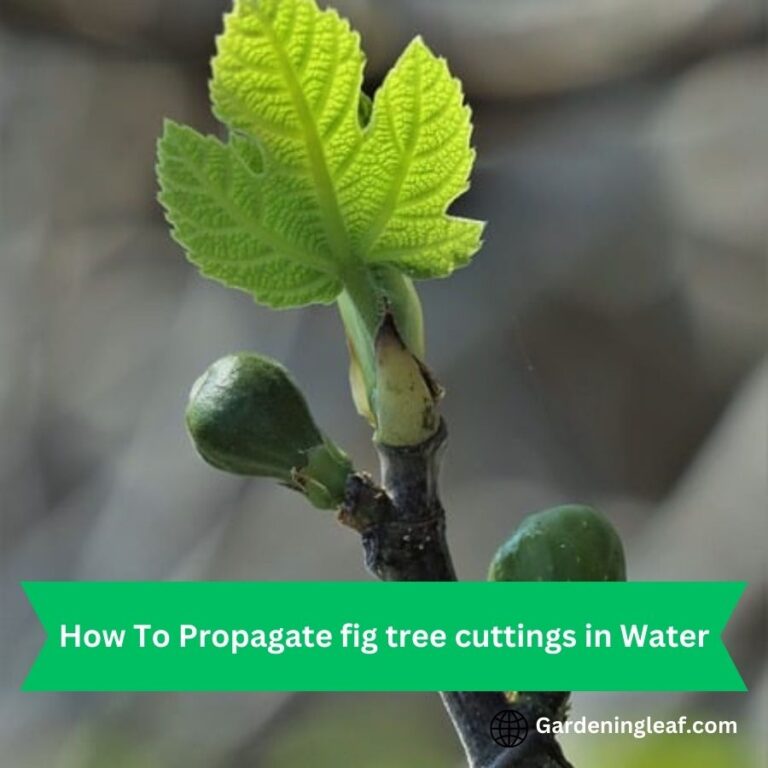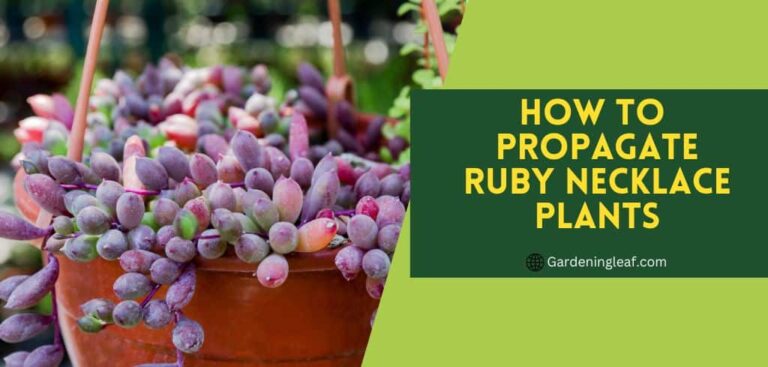How To Propagate Jasmine Plant: A Comprehensive Guide
Jasmine plants are cherished for their perfumed flowers. It can bring beauty and elegance to any garden or indoor space. While buying grown jasmine plants is an option. However many gardening enthusiasts enjoy propagating new plants from existing ones. This article provides a step-by-step guide on how to propagate jasmine plants. Also covers various methods and tips for successful propagation.
Understanding Jasmine Plants
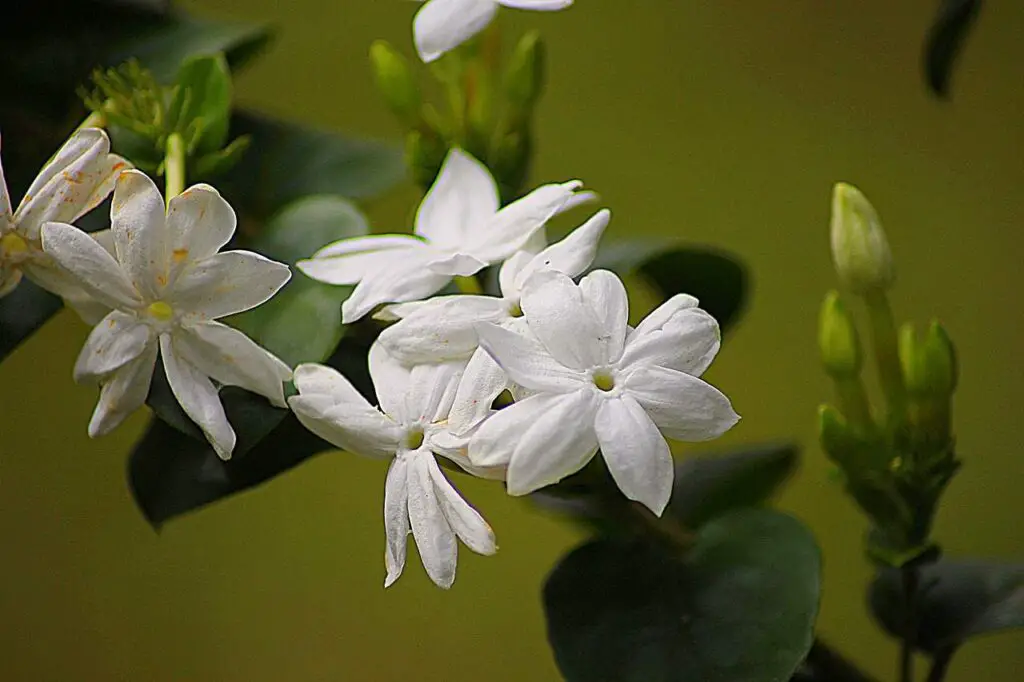
To propagate jasmine plants. It is important first to grasp the fundamentals of these botanicals. The Oleaceae family includes jasmine. They are well-known for their fragrant blossoms and glossy leaves. There are several types of jasmine Found. Such as
- Jasminum officinale
- Jasminum sambac (Arabian jasmine)
- Trachelospermum jasminoides (Known as star jasmine).
Each variety has its distinct traits and specific needs for successful propagation.
Read More : – How to Propagate Ruby Necklace Plants
Selecting the Right Jasmine Variety
When propagating jasmine plants. First, selecting the suitable variety that suits your climate and preferences is crucial. Consider factors such as temperature range, sunlight requirements, and growth habits.
Choose a jasmine variety that thrives in your region to ensure successful propagation and long-term plant health.
Preparing for Propagation
Before discussing how to propagate the jasmine plants process. It is important to select healthy parent plants. Also, gathering the necessary tools for successful propagation.
Choosing Healthy Parent Plants
When choosing parent plants for propagation, opt for healthy and robust specimens. Look for the following characteristics:
- Vigorous Growth: Select plants with lush foliage and strong stems that exhibit robust growth. Avoid plants that appear weak, diseased, or stunted.
- Pest and Disease Resistance: Examine the parent plants for indications of insect infestation. Such as aphids, spider mites, or whiteflies. Also, ensure they do not have any ailments like leaf spots or powdery mildew.
- Flowering and Fragrance: If your goal is to propagate jasmine for its beautiful blooms and enchanting fragrance. Choose parent plants that consistently produce abundant and fragrant flowers.
- Established Root System: Verify whether the parent plants have an established root structure. Healthy roots are crucial for successful propagation as they provide the necessary nutrients and water to the new plants.
Selecting healthy parent plants increases the chances of successful propagation.
Gathering the Necessary Tools
The right tools will make the propagation process more efficient and convenient. You will need some important tools:
- Pruning Shears: A high-quality pair of pruning shears is required. To take stem cuttings and prepare branches for layering efficiently. Keep the shears sanitized to prevent the spread of any diseases among plants.
- Rooting Hormone: To boost the success rate of stem cuttings. Apply a rooting hormone. Rooting hormones contain growth-stimulating substances that encourage the development of roots.
- Containers: Prepare small containers or pots with drainage holes for planting stem cuttings or sowing jasmine seeds. Choose containers that are suitable for the selected propagation method.
- Potting Mix or Seed-Starting Mix: Use a well-draining or seed-starting mix for planting stem cuttings or sowing jasmine seeds. These mixes provide the necessary nutrients and ensure proper drainage.
- Watering Can or Spray Bottle: Have a watering can or spray bottle to moisten the soil without causing excessive waterlogging. You can provide the correct moisture during propagation.
- Labels: Use labels or markers to identify the different jasmine varieties or propagation methods used. This will let you track and care for each plant.
By gathering these tools in advance. You’ll be well-prepared for propagation and increase successful jasmine propagation.
Read More : – How To Propagate Willow Trees: Tips For Planting And Growing
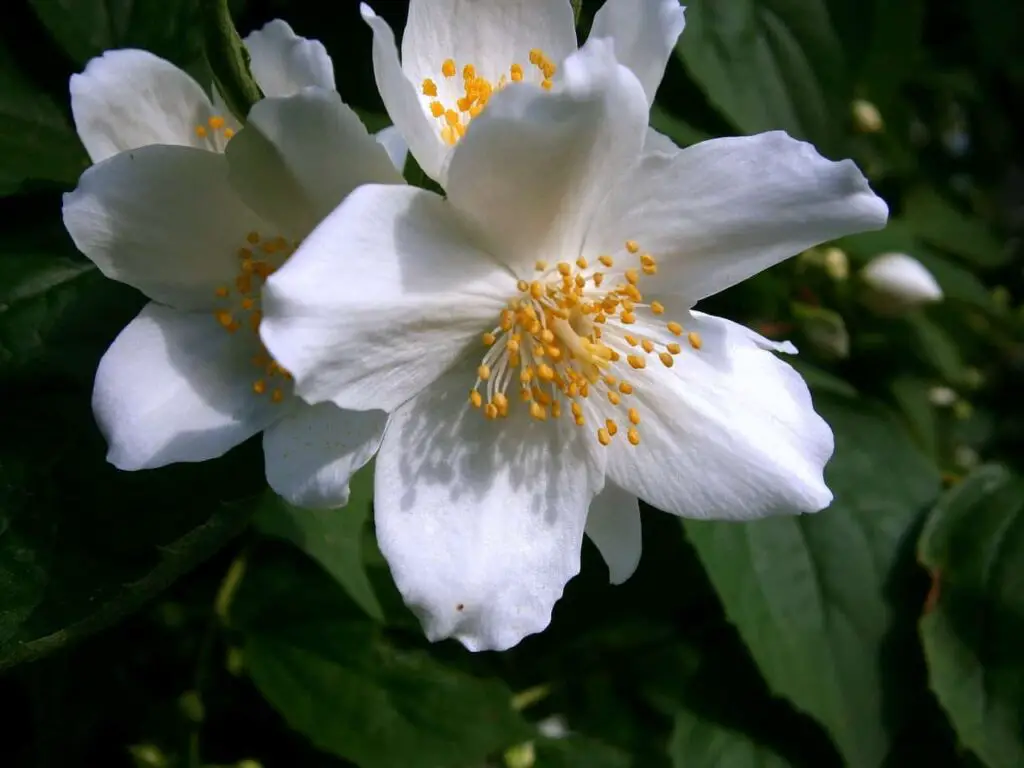
How To Propagate Jasmine Plants: Different Methods
There are a few different methods for propagating jasmine plants. The most common of which are stem cuttings, layering, and seeds. Each method has advantages and challenges. So select which one is best for you.
1. Propagation through Stem Cuttings
Stem cuttings are the most popular way to propagate jasmine plants. Discuss below how to grow jasmine from cuttings.
Taking Stem Cuttings
To propagate jasmine through stem cuttings, select healthy, non-flowering shoots. Cut a 4-6 inch stem section using clean and sharp pruning shears, ensuring no flowers or buds are on it.
Preparing the Cuttings for Planting
Cutting out the bottom leaves connected to the stem and keeping a few upper leaves. For better Root development. Apply rooting hormone powder at the end of the cutting stem.
Planting the Stem Cuttings
To prepare a planter, use a well-draining potting mix or a combination of peat moss and perlite. Create a small opening in the soil by using your finger or a pencil. Place the end of the stem cut off into the hole, ensuring that at least two nodes are buried beneath the soil.
Put some pressure on the soil around the stem to hold it in place. To moisten the soil, sprinkle some water on it. To maintain humidity, put the receptacle in a plastic bag.
Providing Adequate Care
Once the stem cuttings have been planted. Proper care is crucial to promote root development and growth. Here are some essential care tips:
- Keep a moisture level in the soil. Watering the cuttings whenever the top of the ground feels dry.
- Avoid overwatering to prevent root rot. Maintain appropriate drainage to avoid waterlogging.
- Place it in indirect sunlight or a partial shade area. Direct sunlight can burn delicate stems.
- Keep the cuttings warm, between 70-75°F (21-24°C).
- Jasmine flourishes when exposed to full sun, particularly during the spring and summer. Before growing your jasmine, it is essential to verify that the chosen location receives adequate sunlight by monitoring the intensity of sunlight at different times of the day.
- To provide nutrients. Throughout the growing season, apply diluted liquid fertilizer every two to three weeks.
Read More :- Can You Propagate Aloe Vera From Leaf Cuttings? 5 Easy Steps
2. Propagating Jasmine through Layering
Identifying Suitable Branches for Layering
To propagate jasmine through layering. Choose a healthy, flexible branch that can be bent and planted in the soil. Look for a branch that is not too woody and has several nodes along its length.
Preparing the Branch for Layering
Make a small vertical cut on the underside of the chosen branch below a leaf node. This cut will encourage root formation. Bend the stem down to the ground, keeping the cut part in contact with the soil.
Encouraging Root Growth
Bury the branch section with the cut in a shallow trench, ensuring that a few nodes remain exposed above the soil. Secure the branch in place using small stakes or rocks.
Water the soil to moisten it, and keep it moist throughout the layering process. You can cover the exposed nodes with a layer of soil to promote root growth.
Separating and Transplanting the New Plant
After a few months, check the layered branch for signs of root growth. Once roots have developed. Separate the new plant from the parent plant by cutting the stem below the rooted part.
Carefully dig up the new plant and transplant it into a separate container or the ground. Provide the new plant with the necessary care and maintenance as it establishes itself.
3. Propagating Jasmine through Seeds
Obtaining and Preparing the Seeds
Jasmine seeds can be obtained from mature jasmine flowers. Allow the flowers to wither naturally and produce seed pods. Once the pods turn brown and start to split, collect them.
Extract the seeds from the pods and cleanse them to clear any pulp or debris. Let the seeds dry completely before proceeding with planting.
Planting the Seeds
Fill small pots or seed trays with a well-draining seed-starting mix. Place one or two jasmine seeds in each container, pressing them into the soil. Spread a thin layer of soil over the seeds and cover them.
Water the soil, ensuring it remains moist but not soggy. When placing a planter, finding a warm location that receives indirect sunlight is important.
Germination and Care
Jasmine seeds usually take several weeks to germinate after planting. It’s essential to provide proper care to support germination and seedling growth during this time. Here are some guidelines:
- Maintain moist soil while avoiding excessive water. Water it whenever the top of the ground feels dry.
- Maintain a warm temperature between 70-80°F (21-27°C) to help germination.
- Place them where they get indirect sunlight or partial shade. Keeping them out of direct sunshine is important since this might cause the delicate plants to wilt.
- When planting Jasmine seeds, it is important to remember that germination can take anywhere from a few weeks to several months. Patience is key when waiting for your seeds to sprout. Continue to care for the containers and track their progress.
Once seedlings have grown a few sets of true leaves and are sturdy enough to be handled, it’s time to transplant them. Transfer them to pots or the garden. Careful about root damage when transplanting seedlings.
Read More:- How Can You Propagate Cilantro: Tips And Tricks
Common Challenges and Troubleshooting
Dealing with Pest and Disease Issues
Jasmine plants may be vulnerable to various pests. Such as aphids, spider mites, and whiteflies. Frequently examine your plants for indications of infestation. Such as deformed leaves, sticky secretions, or minuscule creeping bugs. Address any pest-related issues promptly by utilizing suitable organic or chemical remedies.
Jasmine plants can also get powdery mildew or root rot. Proper plant air circulation prevents these issues. Refrain from excessive watering and practice good hygiene by eliminating any diseased parts of the plant.
Addressing Rooting Problems
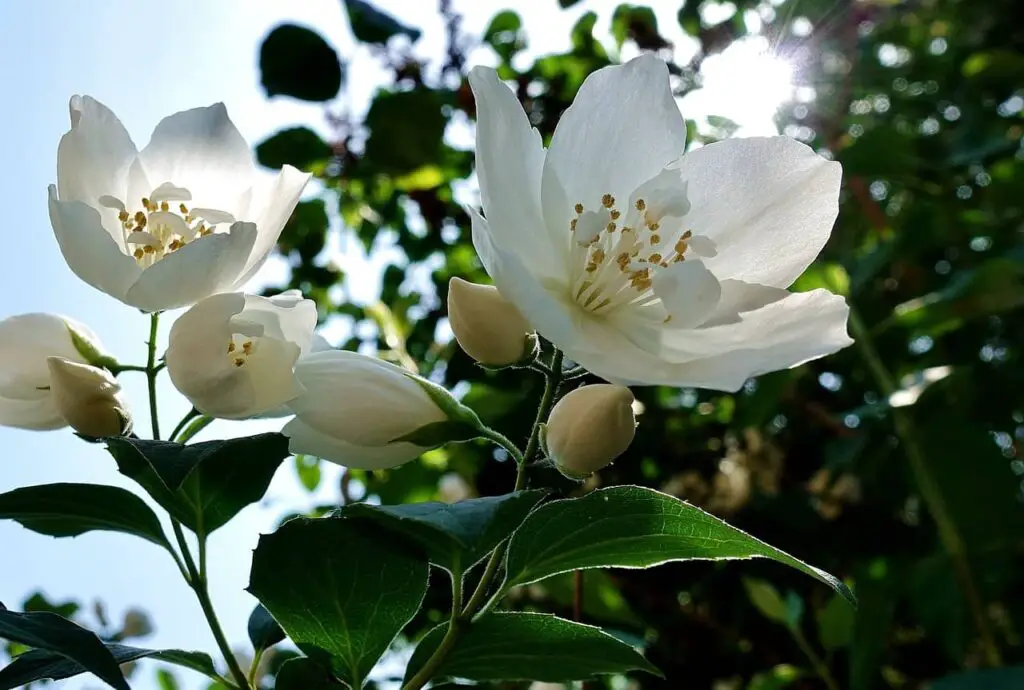
Sometimes, propagating jasmine plants can be challenging due to poor rooting or lack of successful growth. If you’re experiencing difficulties, consider the following factors:
- Ensure you’re using healthy and disease-free plant material for propagation.
- Adjust your propagation techniques. Such as improving the soil mix or providing better environmental conditions.
- Experiment with different methods and timing to find what works best for your jasmine variety.
- Seek advice from local gardening experts or join online forums to gain insights and recommendations.
Read More:- The Ultimate Guide To Senecio Angel Wings Propagation
Can I propagate jasmine from flowers bought at a store?
Yes, it is possible to propagate jasmine from flowers bought at a store. You can do this by cutting from a healthy jasmine plant and rooting it in soil or water.
How long does it take for jasmine cuttings to root?
The time it takes for jasmine cuttings to root can vary, but it takes around 4-6 weeks. Ensure the cutting is kept in a moist environment and can access indirect light. Once you see new growth, the roots have formed, and your jasmine plant is on its way to thriving!
Can I propagate jasmine outdoors during winter?
It’s generally best to propagate jasmine during the warmer months. When temperatures favor root development. But, if you live in a mild climate, you may be able to breed jasmine outdoors during winter with proper protection.
Can I propagate jasmine in water instead of soil?
Water propagation is possible if you’re looking to propagate jasmine cuttings. To begin, take stem cuttings and place them in a water container, ensuring the nodes are submerged. To stop bacterial growth, replace the water repeatedly. Give them time to form roots, which usually takes a few weeks. Once the roots have developed, transplant them into the soil or pot.
Conclusion
After reading the above information, you now understand how to grow jasmine plants. Whether you propagate through stem cuttings, layering, or division. Following the correct steps and providing the appropriate care for your new plants is essential.
With patience and effort, you can propagate your jasmine plants and enjoy their beautiful fragrance in your garden or home.


